How to Use a Ginger Bug to Make Soda
With my ginger bug soda recipes, fruit is simmered with a bit of juice, sugar, and water to create a refreshing, natural soda flavor. Then we add our ginger bug to the cooled mixture to initiate fermentation.
I break out the mixture into these percentages:
- 70% water
- 4% sugar
- 12% fruit
- 10% citrus juice
- 4% ginger bug
With this formulation, we obtain a total sugar concentration of approximately 6-10%. Unlike our other fizzy drinks, such as water kefir and kombucha, we don’t add any more sugar during the secondary fermentation. The same 6% to 10 % sugar fuels both primary and secondary. Which gives us similar, low ABV results.
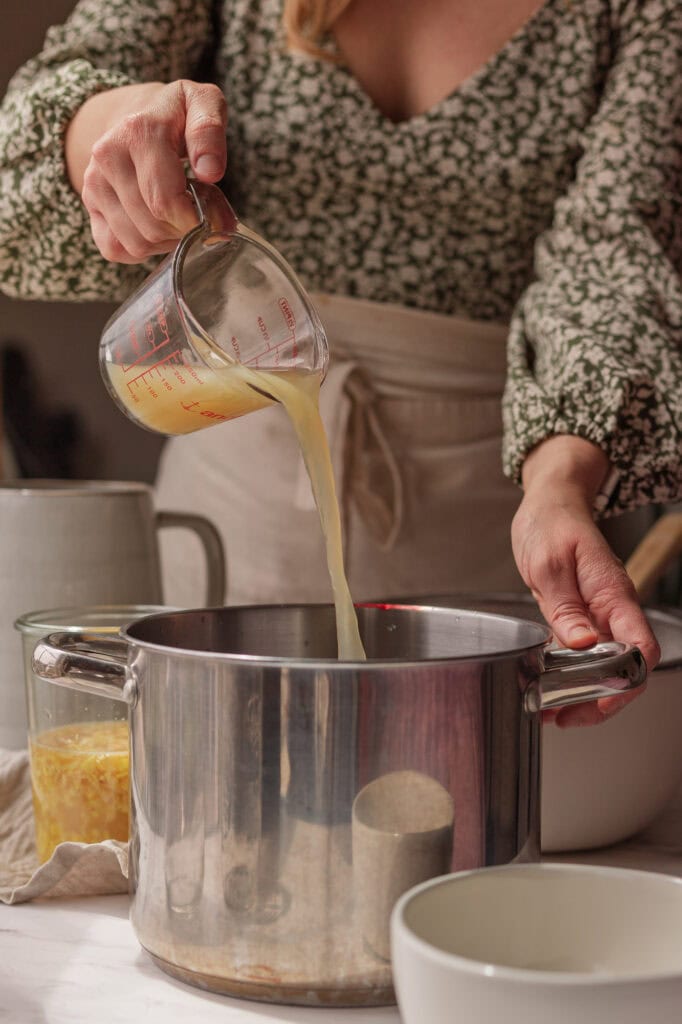
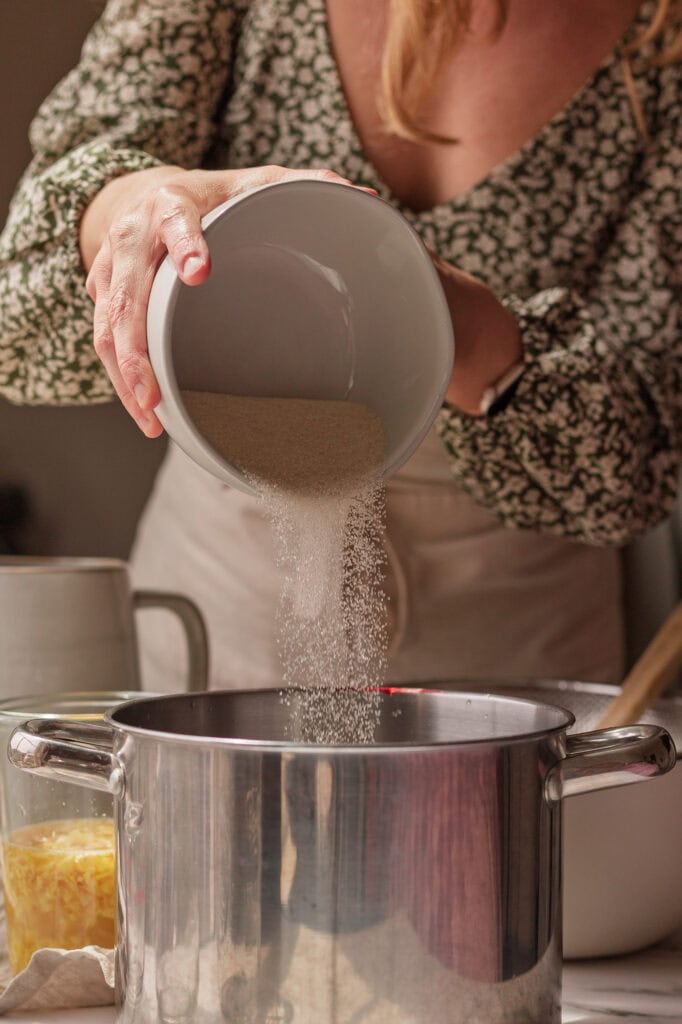

Naturally Fermented Soda
I usually decide how much wild soda to brew by the volume of bottles I have available.
Let’s say I have two 1-liter bottles and a half-liter bottle. So I want to make 2500 ml of berry lemonade soda using the wild blackberries I picked from my best friend’s backyard.
Using this recipe logic, we’re going to simmer together:
- 70% water = 1750 mL water
- 4% sugar = 100 grams organic sugar
- 12% fruit = 300 grams blackberries
- 10% juice = 250 mL lemon juice
We’ll simmer that mix, then strain that and let it cool, then add in:
- 4% ginger bug = 100 grams ginger bug



How long does it take to ferment ginger bug soda?
The total time it takes to brew ginger bug soda depends on the temperature of your home. If it is cooler, fermentation will take longer, and if it’s warmer, it will ferment faster. Generally, primary fermentation lasts two days, and secondary fermentation takes approximately the same amount of time. So, expect at least four days. When I brew natural soda in the colder months, my secondary fermentation can take up to five days.
The secondary fermentation time is also adjustable, allowing you to control the level of carbonation. Carbonation depends on your unique ginger bug, temperature, and the remaining sugar from the primary fermentation.

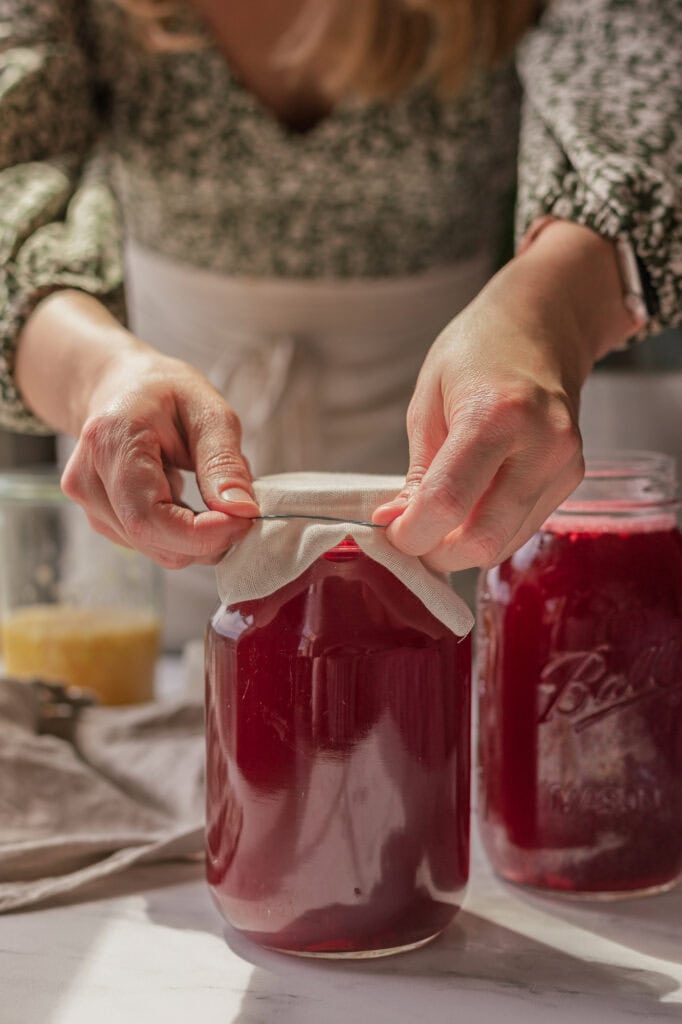
Does ginger bug soda contain alcohol?
Yes and no, it really depends. When following this recipe exactly, ABV content is usually below 1%. The amount of alcohol is variable, however, and depends significantly on the amount of sugar used in the mixture. Higher sugar fruit juices and fruits can lead to higher alcohol levels.
This is why we don’t toss a ginger bug in 100% juice. Most fruit juices are 20% to 30% sugar. If we added ginger bug to grape juice, for instance, that would give us something like sour grape wine, not “soda”.
It’s important to note that people historically used ginger bugs to brew alcoholic beverages, specifically ginger beer. So there will always be, at least, trace amounts of alcohol. Remember, when it comes to fermented beverages of any kind: lower sugar = lower alcohol.
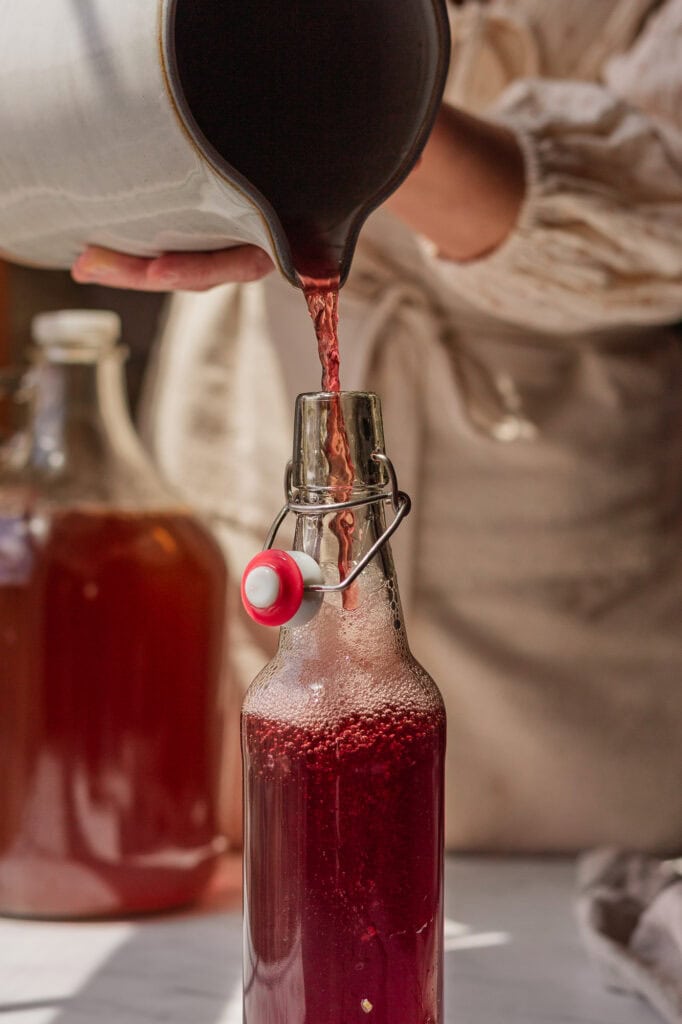
Why does ginger bug soda explode sometimes?
Sugar, carbonation, and alcohol go hand in hand. Ginger bug sodas are explosive when people do not measure or control the sugar content.
This is also why we don’t toss a ginger bug in 100% juice. Again, most fruit juices are 20% to 30% sugar. If we added ginger bug to 100% apple juice, for instance, that would give us apple cider that would explode in a pressurized bottle. There’s too much sugar.
Any ginger bug “sodas” that explode on the ceiling when opened are also, most definitely, alcoholic.


Things You May Need:
Print
Ginger Bug Soda Master Recipe (Make Any Flavor Soda)
Use my ginger bug soda master recipe to brew any flavor natural soda at home! This recipe controls sugar content to achieve the lowest possible ABV (below 1%), while still maintaining good carbonation.
- Prep: 30 minutes
- Total Time: 96 hours 30 minutes
Ingredients
- 100 grams ginger bug
- 300 grams fruit*
- 250 mL citrus juice*
- 1750 mL water
- 100 grams organic cane sugar
Instructions
- You need an active bubbly ginger bug for this recipe. Click here for my ginger bug recipe.
- Primary fermentation: Wash your fermentation equipment well. Gather all your ingredients.
- Using your scale, measure out the called-for amounts of sugar and fruit.
- Add the sugar, fruit, citrus juice, and water to the large pot and bring to a boil—cook for about 15 minutes. Remove the mixture from heat. Using a colander, strain off all of the fruit pieces.
- Carefully pour the mixture into the two clean glass jars, cover with a cloth and a rubber band, and allow it to cool.
- Once cool, add 50 grams of the ginger bug to each jar, and replace the cloth lid.
- Primary ferment for about 2-3 days.
- Secondary fermentation: Wash your fermentation equipment (bottle, strainer, and funnel).
- Strain off all of the ginger pieces from the primary fermentation mixture.
- Place the funnel in the bottle’s opening and pour the primary fermentation mixture into the bottle, leaving only about 1/2 to 1 inch of headspace.
- Close and secure the lid, making sure to snap the metal closure closed.
- Allow secondary fermenting and carbonation to proceed for about 48 hours.
- If your house is warm, please check the carbonation level at 24 hours. If your home is cool, you may need to allow secondary fermentation to proceed for a longer period.
- Once carbonated, store in the refrigerator.
Notes
- Any citrus juice will do. I love using lemon, lime, and orange juice.
- You can use any fruit in this recipe, depending on the flavor you want to make.
- You must cook the ingredients before culturing with your ginger bug.



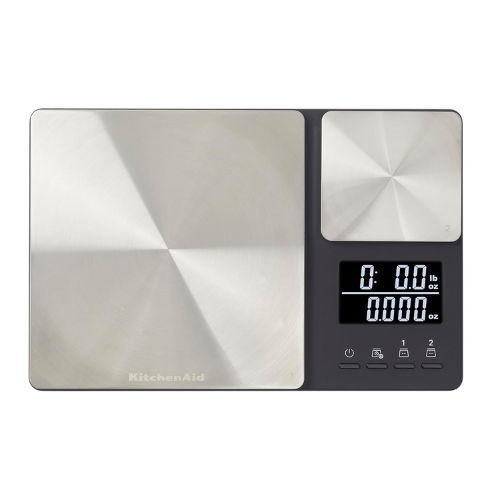



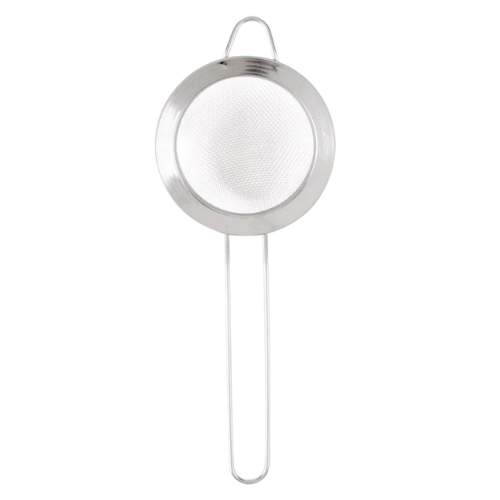
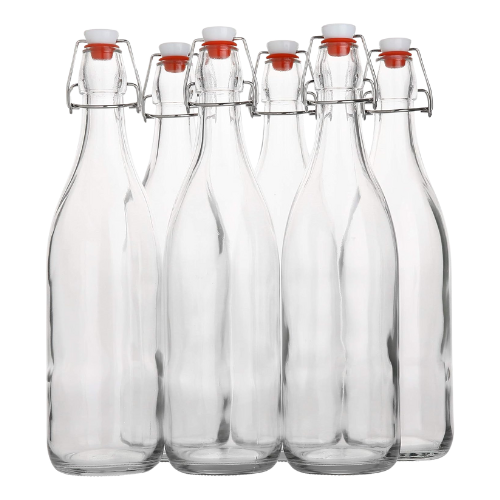
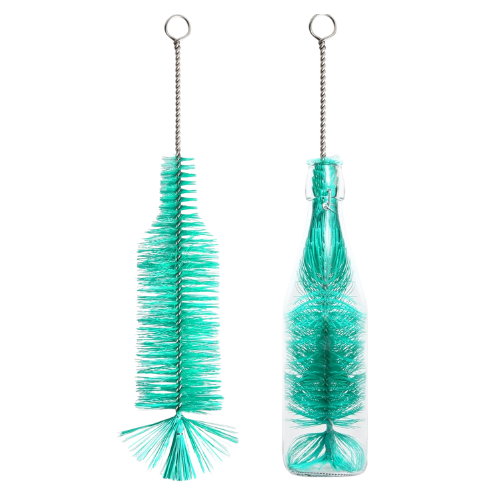
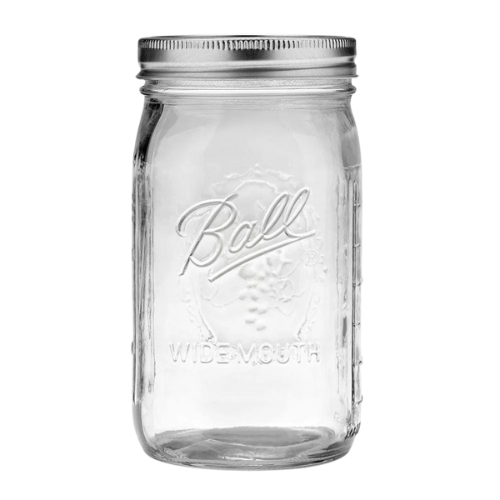













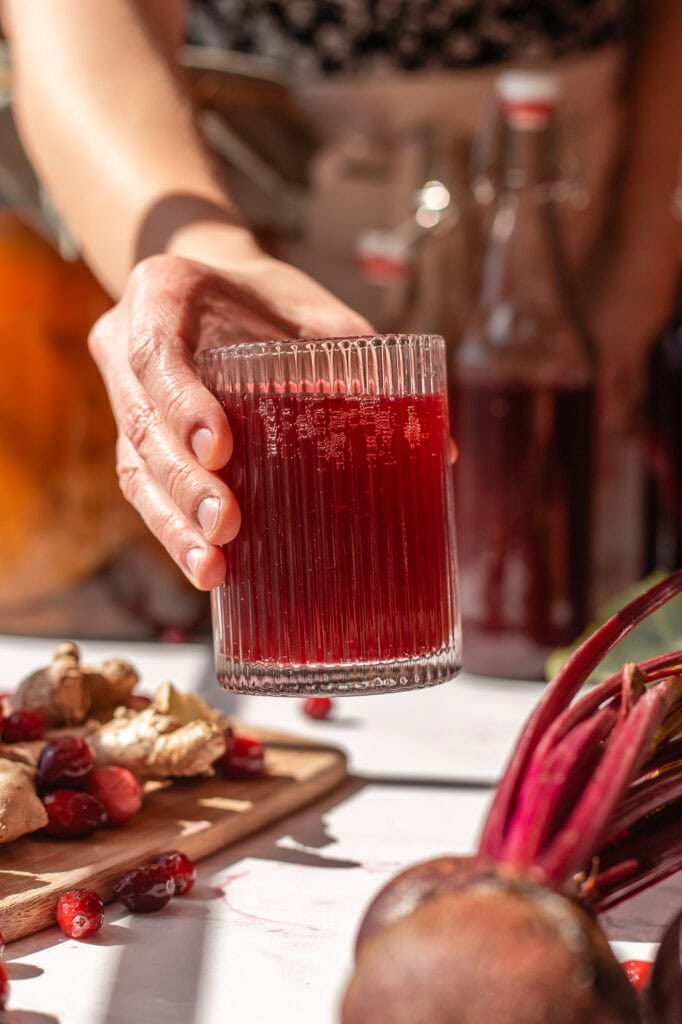



Excited to try this with a bunch of different fruits! Is the citrus juice required or is it just suggested for this particular flavour profile? For example if I wanted to use cranberries which are already very tart could I just juice the cranberries for the “juice” component?
Citrus juice isn’t required, it’s just an ideal add in to temper the pH and keep the flavor balanced! So you have the right thinking! Cranberries are already acidic, so you can leave out the citrus juice, or replace with another kind of juice for flavor.
How do we know when the first ferment is done and to move on to 2nd ferment? Also, what should the ph be on the finished product? Thanks!
You just follow the directions! Primary is 2-3 days (step 7). pH should be right around 4, usually lower.
I can’t figure out what I’m doing wrong. I started my ginger bug following your recipe. And about 24 hours into my primary ferment using this recipe (strawberries & oranges for fruit and citrus) both jars have white mold spots and smell horrible. My home temp is steady at around 73-75 although it did get super cold last night. It’s not humid. I’m not sure what could’ve gone wrong. I’d like to try again, any suggestions? Raging 5 because I know if I do it right it’ll be amazing as all your other recipes we’ve followed have been.
This sort of situation usually means your ginger bug culture is bad. Ginger bug cultures are complicated (and I teach more in depth about this nuance in my online course), but you are growing wild microbes from the ginger itself, in sugar. So If you use basic store bought ginger, you’re really just growing wild “grocery store microbes”… and that’s not exactly a good thing.